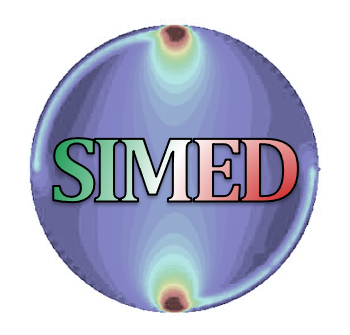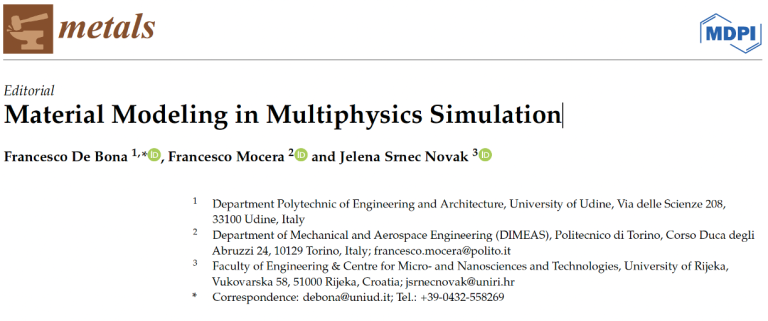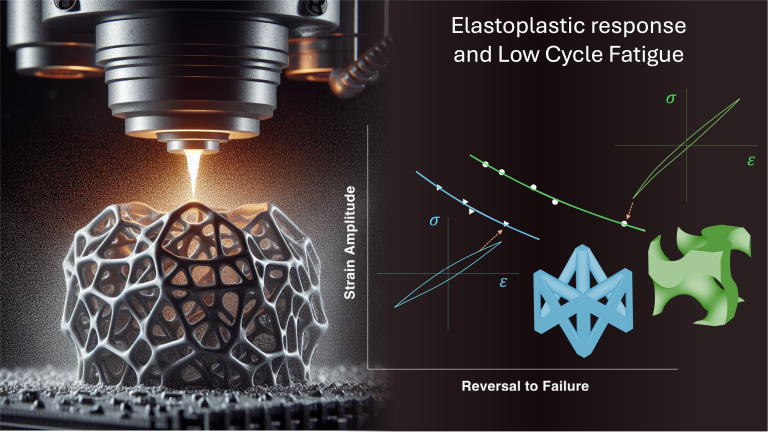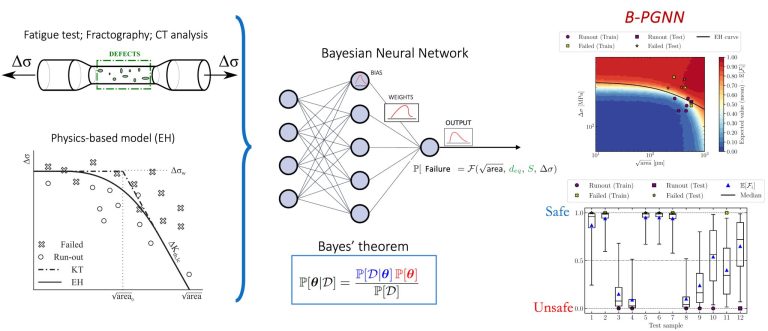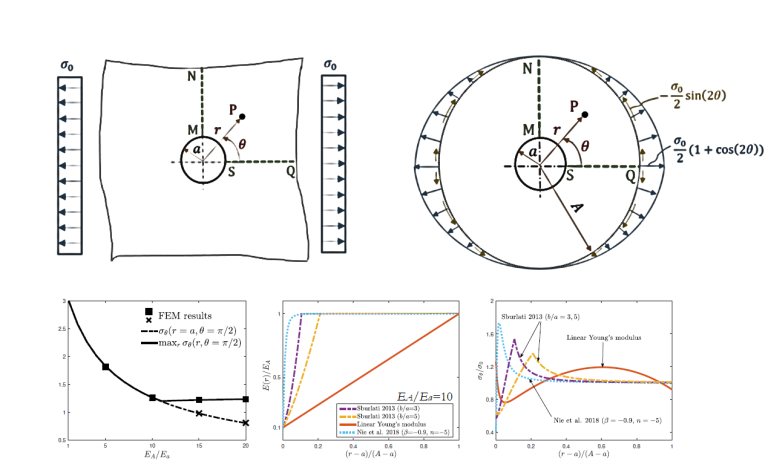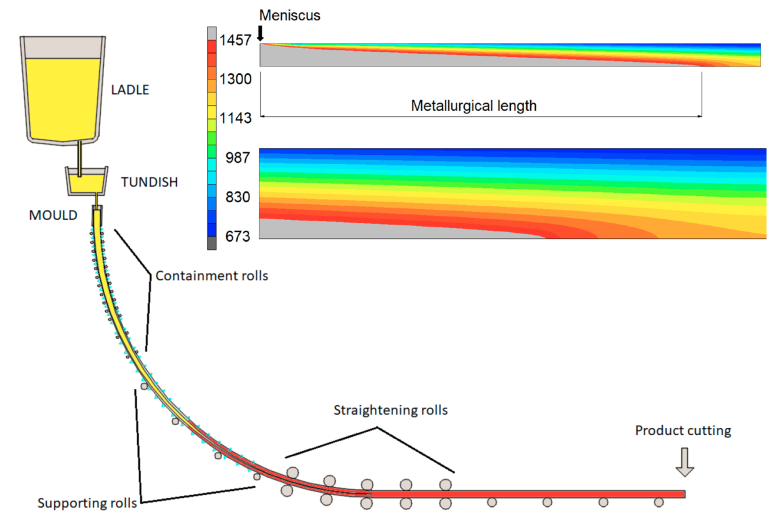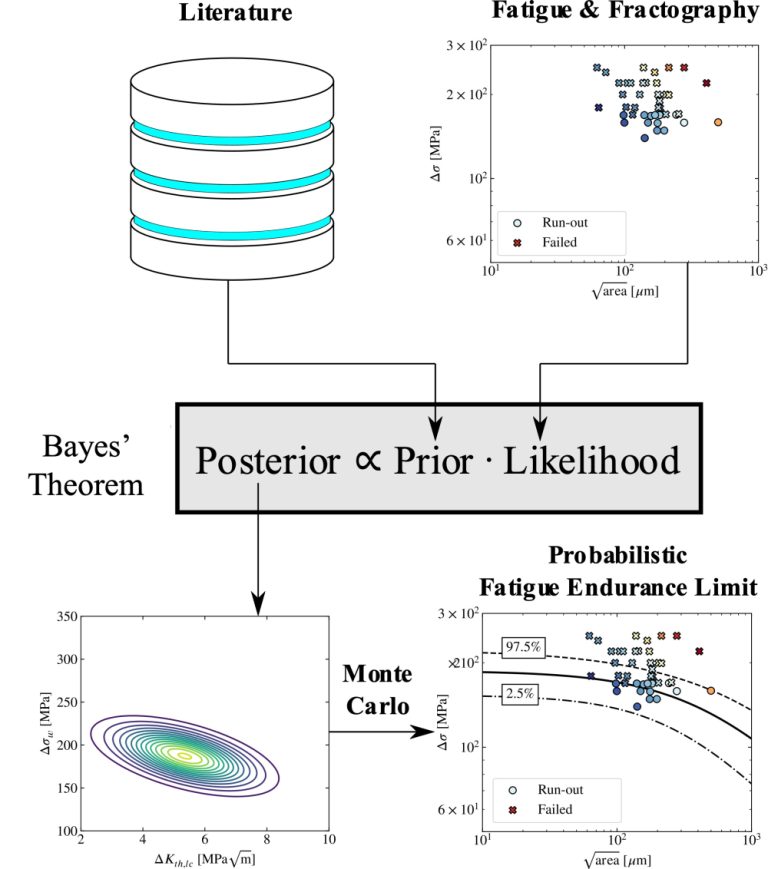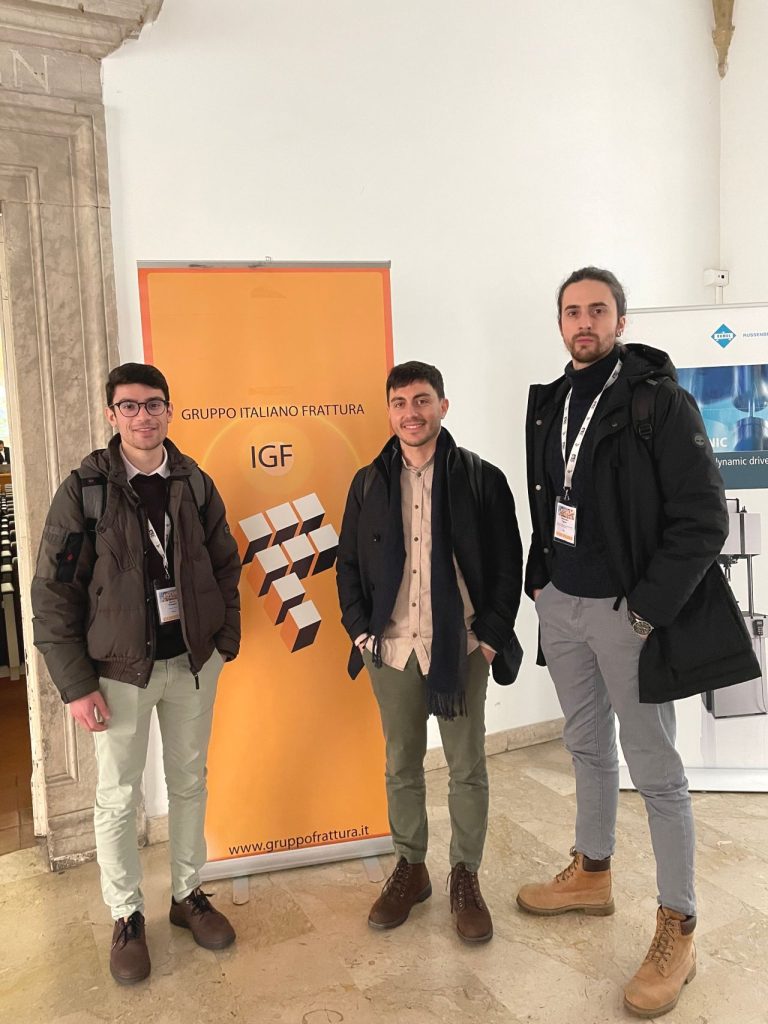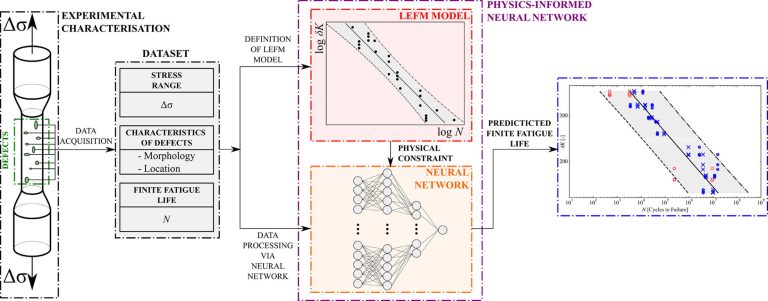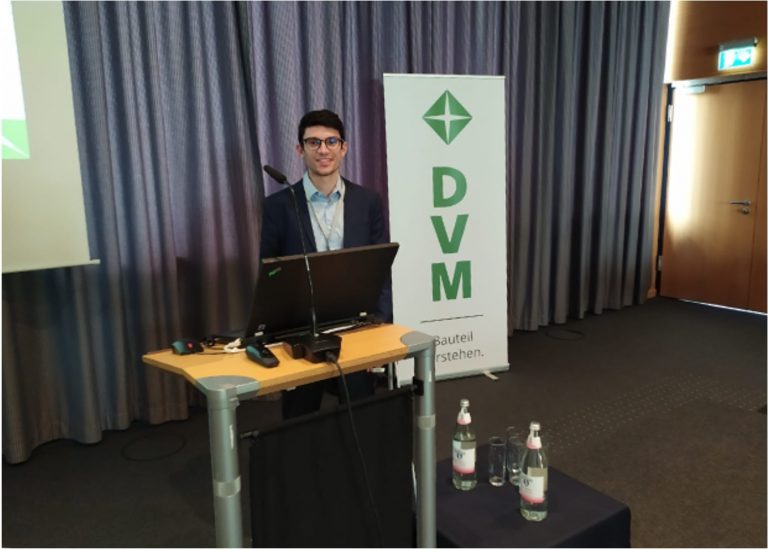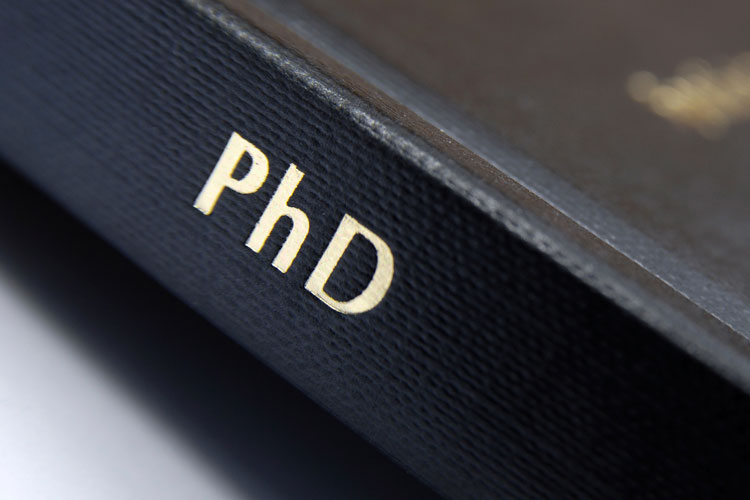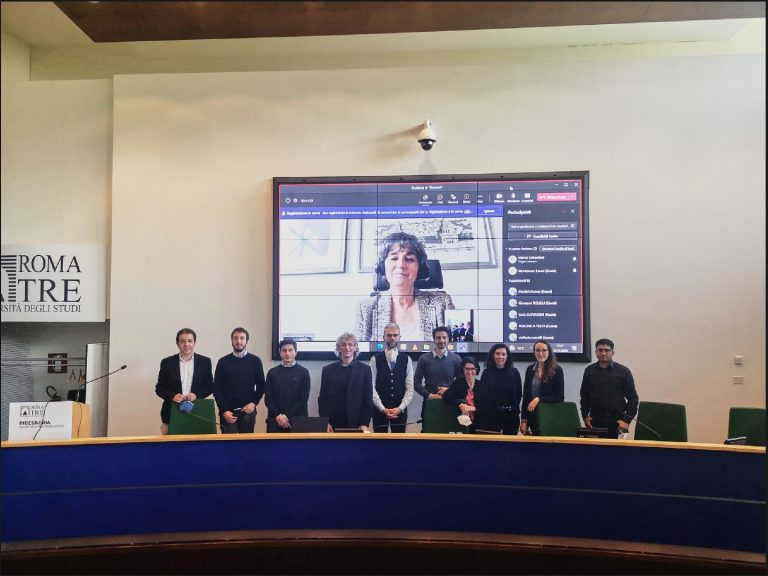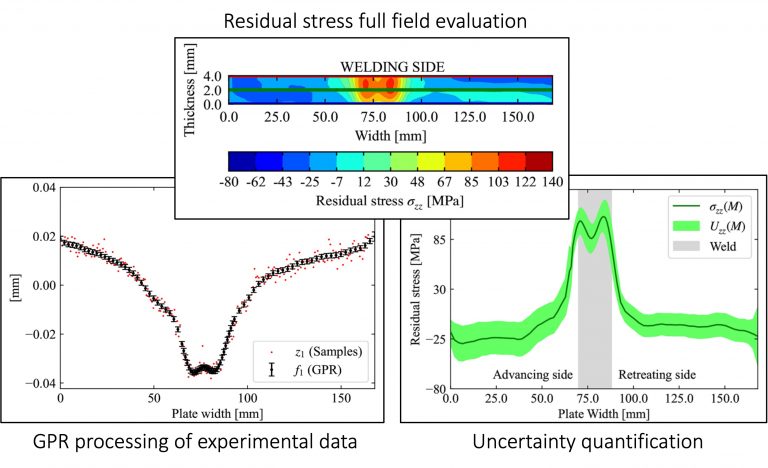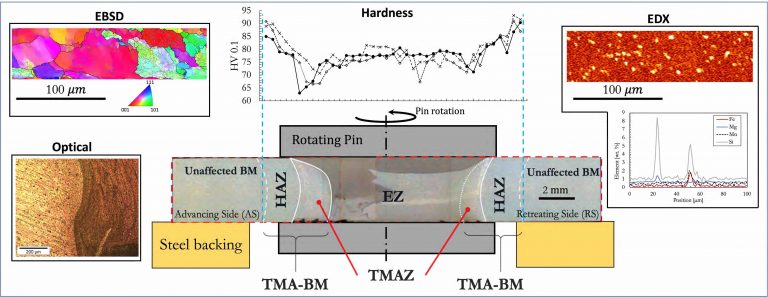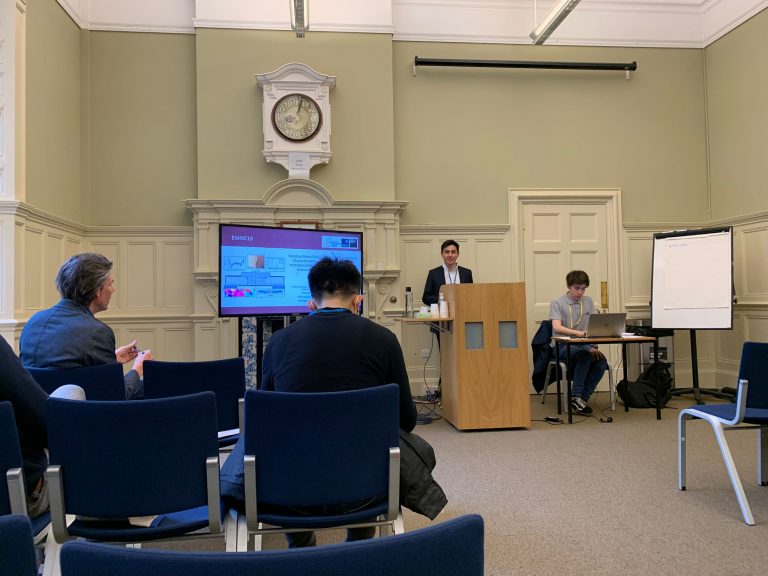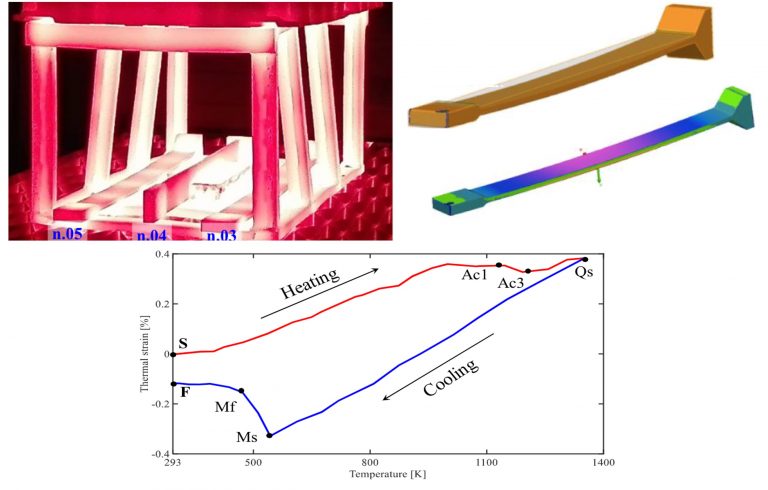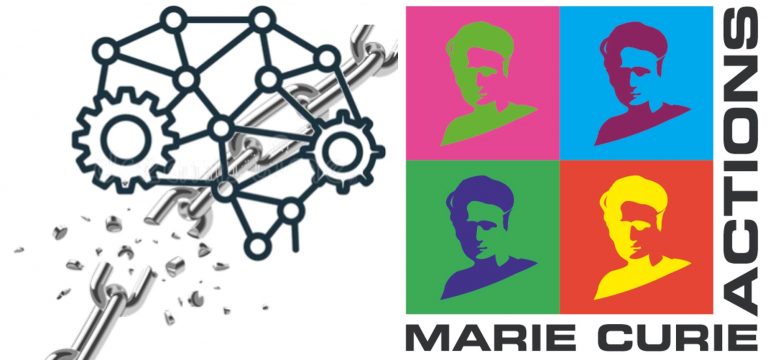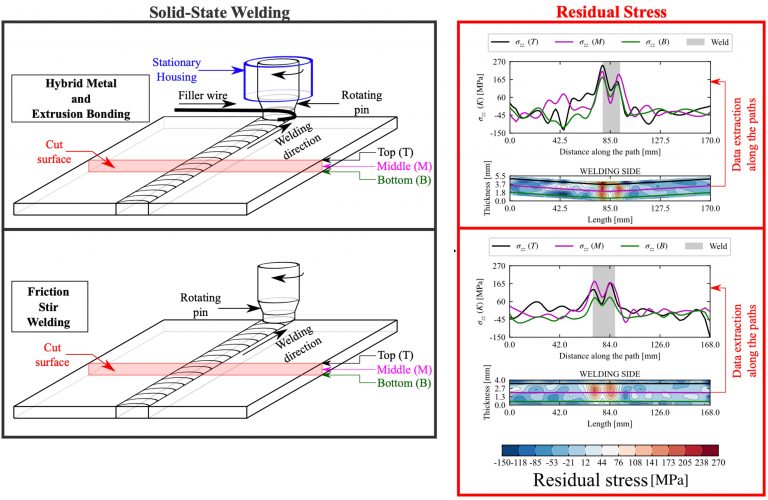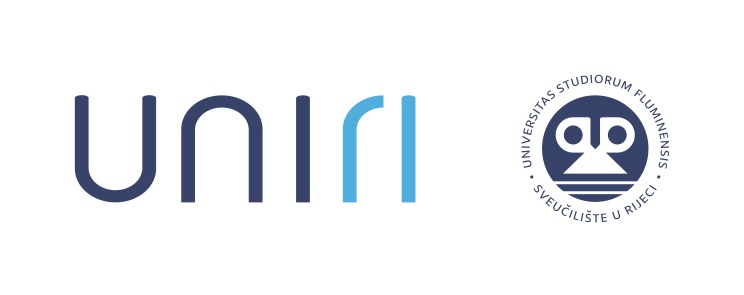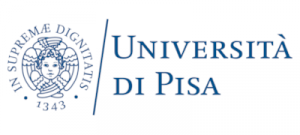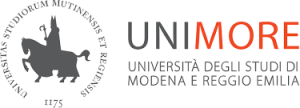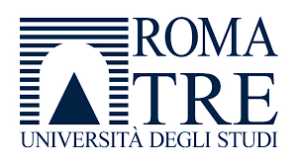Welcome to SIMED group

Structural Integrity and MEchanical Design lab (SIMED Lab) focuses its expertise on the analysis of structural integrity problems in engineering materials and structures. Multiphysics and multidisciplinary approaches are pursued to advance understanding of material behavior and to solve engineering challenges related to damage tolerant design and design against failure. SIMED Lab employs advanced multiscale methods to model: fracturing processes in solids (Phase-Field Method, Cohesive Zone Models), establishment of material constitutive law (cyclic elasto-plastic, visco-plastic effects), fatigue behaviour (low- and high-cycle, thermo-mechanical, variable amplitude) including probabilistic and physics-guided machine learning approaches, residual stress, material processing and diffusion-driven problems.
SIMED lab is part of the Polytechnic Department of Engineering and Architecture (DPIA) of the University of Udine (UniUD).
Goals
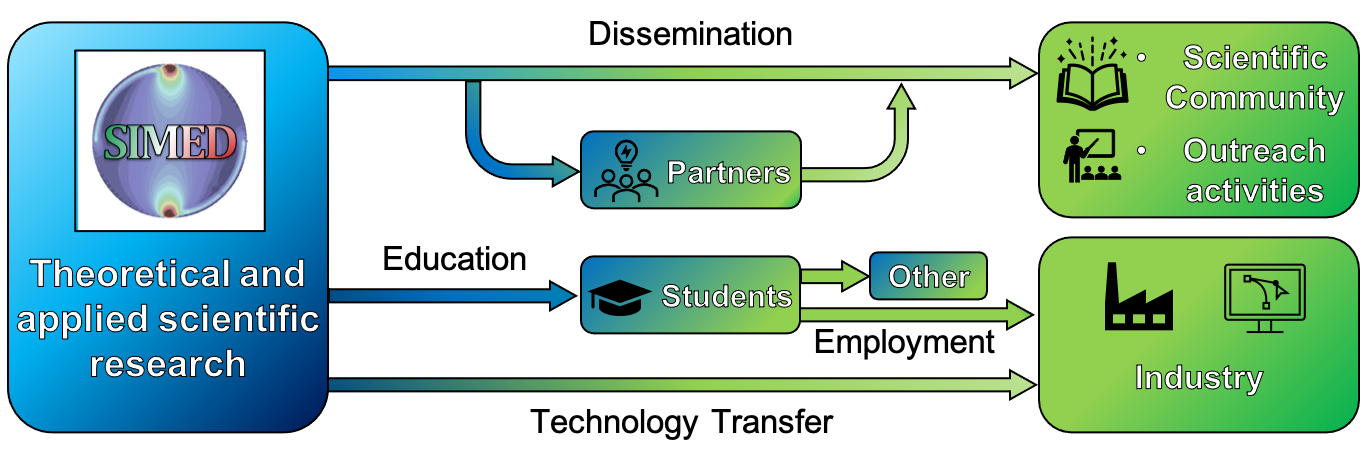
News
The Special Issue is aimed at investigating metallic material modeling techniques for multiphysics virtual prototypes, with an emphasis on both the theoretical …
Cellular materials consist of intricate engineered structures spanning multiple lengthscales, offering precise control over their properties. However, the presence of stress/strain risers …
The scarcity of fatigue data makes the employment of machine learning for predictive purposes extremely challenging. On top of that, the more …
Postdoctoral/Associate Researcher in Computational Fracture Mechanics Structural Integrity and MEchanical Design (SIMED) group is seeking a 17-month full-time Postdoctoral Researcher (or Associate …
Structural Integrity and MEchanical Design (SIMED) group is seeking a PhD candidate to conduct research in computational solid mechanics, mainly applied to structural …
Postdoctoral Researcher in Machine Learning for Fatigue Fracture prediction with commitment for the submission of a proposal in the framework of the …
Welding is a well-established material process that involves high heat to join two or more parts together. Because of the uneven heat …
